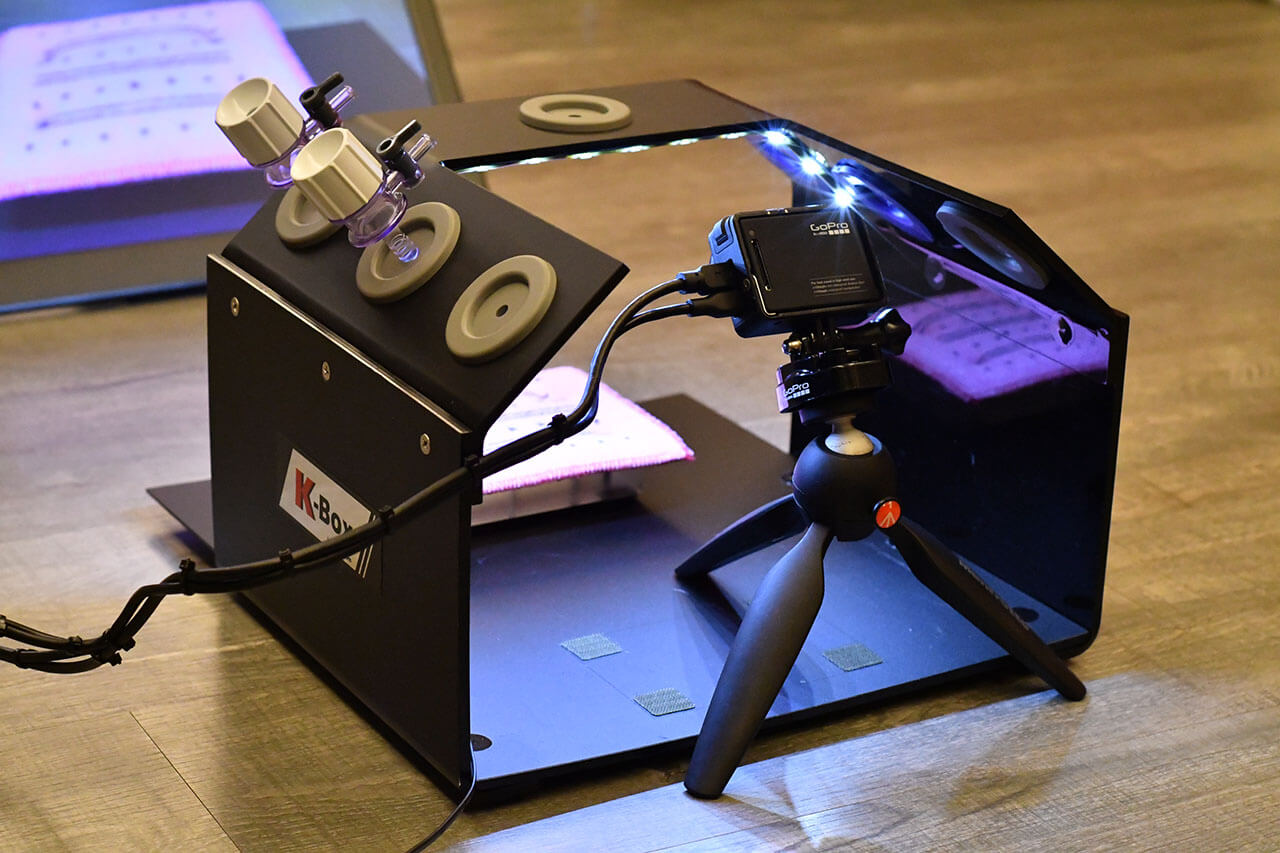No products in the cart.

• Answer: to qualify and quantify the practice and then the score can be calculated for each trainee. The trainee can know his/her levels and the progress after finishing K-Curriculum. Four descriptions below specify how to standardize the training contents:
• Scoring trainees’ levels(『to see demo, please click CURRICULUM-> SUTURE CYCLE ZONE-> Chapter 20, SCT – Suture Cycle Test/Timer』)
• Standardization of the suture materials: For the process of making loops, the length of the suture material should be adequate. Too short is hard to manipulate and too long takes time for arrangement of the suture. Both situations are inefficient. K-Curriculum sets standards for not only thread but also suture with needle. (Please click『Suture Materials』 Column』)
• Standardization of the surgical pads: Commercialized training boxes use silicon pads without specific routes for needle in or out. K-Box has the drawing template to standardize the format of the pad drawing. (Please go to 『GUIDELINE -> Assembly Issue -> Drawing Template Usage、Change Pad、Looping Aid Assembly』)
• Standardization about paper folding: paper folding is one for the important training item in beginning zone. We have standards for the size, quality and folding target of the paper. (Please click『Paper Folding』 Column)
Suture Materials
• Silk [1]
・ The length of the silk should be 18 cm
・ The diameter of the silk is recommended as 1-0 or 2-0
・ The width of K-Box (as picture below) is 18cm

• Short suture with needle [2]
・ The length is not demanded but recommended as 7-8cm
・ Standard of the needle: ETHICON CT-1 (36mm, 1/2 circle) or CT-2 (26mm, 1/2 circle) or needles close to this size, like COVIDIEN GS-21, GS-22 or B BRAUN HR37S, HR26S

• Long suture with needle [3]
・ The length should be 24 cm
・ Standard of the needle is same with short suture with needle
・ The lateral length of K-Box (as picture below) is 24cm

[2] For the curriculum SC1~SC4, SP1~SP2
[3] For the curriculum SC5~SC8, SP4
• The practice of paper folding simulates the manipulation of thin tissues like peritoneum or ovaries. It especially helps the beginners in hand-eye and hand-hand coordination. In beginner zone, we choose “the paper box” as the endpoint of the test because the degree of difficulty is adequate and the movement of opening the tissue by instrumental opening can be trained also.
• Paper size: 15*7.5 cm
• Steps in folding paper
・ Fold the object by hand (The paper is not totally folded by the instrument in this training.)
・ Press the edge by your nail and the object will be neat.
・The size of the paper is 15*7.5 cm

・ Fold the long side as this figure

・ Fold the other side.

・ Fold a house-like shape.

・ Fold another “house” on the opposite side.

・ Unfold the lateral sides and reverse the house shape in a different visual angle.

・ Fold the side inwards.

・ Fold the other three side inwards.

・ The upper side should be folded twice, and this is the first fold.

・ The second fold

・The other side should be folded twice, too.

・ Open the inner space to become a shape of the box.


・ Press the four sides of the box bottom by the nail, and it will be neat!


・ Done (practice target): The two ears should be pressed down but no tilt up.

・ Unfold the box, and put it on the surgical pad. Use your instruments to fold the box to be practice target.
• Paper-folding quality: Cracks or tear as the figures represent underdeveloped operating and poor scoring.



• pending to be english version





